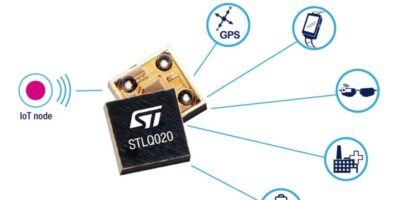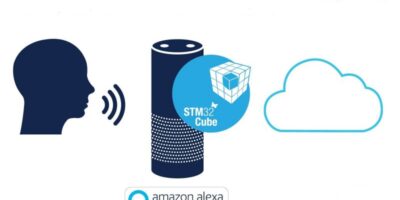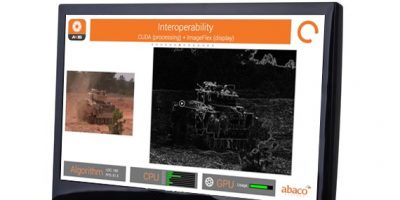Trade-offs between quiescent current, output power, dynamic response, and package size are relieved, says STMicroelectronics at the launch of its STLQ020 low dropout (LDO) voltage regulator.
By combining small size with high performance and energy efficiency, the STLQ020 is particularly suitable for use in battery-powered consumer products like smartphones and tablets, smart watches, audio or media devices, and wearables. It helps extend battery life in IoT endpoints such as smart meters and wireless sensors, healthcare devices like wearable monitors, and industrial applications such as factory automation or sensor networking.
Drawing just 300nA quiescent current (Iq), and capable of supplying up to 200mA to the load, power-supply rejection (PSRR), and transient response, the STLQ020 is available in a choice of compact packages which can be as small as a 0.8 x 0.8mm flip-chip4.
The STLQ020’s dedicated low-power design and adaptive bias circuitry is claimed to ensure fast response and a stable output with high PSRR. In addition, dropout voltage as low as 160mV (typical) at maximum load allows longer equipment runtimes as the battery discharges. The 5nA logic-controlled shutdown mode allows the STLQ020 to extend the interval between coin-cell replacements in low-duty-cycle applications, like remote sensors.
With an input voltage range of 2.0 to 5.5V, the STLQ020 can be powered directly from a suitable battery voltage (VBAT) or logic rail. The output voltage can be set between 0.8 and 4.5V, with either fixed-output or adjustable-output versions available. The fixed output voltages are selectable in 50mV increments.
The STLQ020 is in production now, and available as a 2.0 x 2.0mm DFN6, 0.8 x 0.8mm flip-chip4, or 2.1 x 2.0mm SOT323-5L.
A quad-LDO evaluation board (STEVAL-LDO001V1) based on STLQ020 and three other low-dropout (LDO) voltage regulators are available to order.







